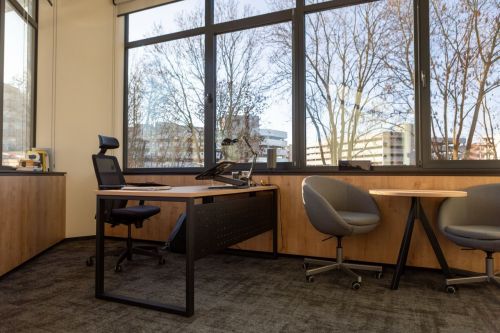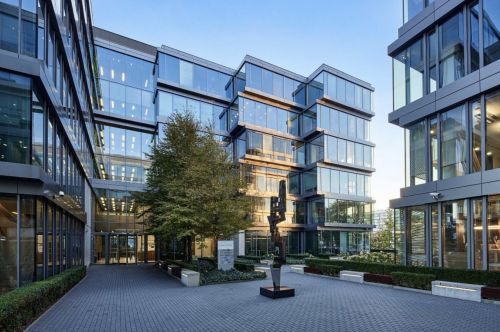Over the last couple of decades, the amount of office development in Warsaw was startling, resulting in a dramatic transformation of the city’s skyline. And as the square meterage increased, a new CBD emerged around the Rondo Daszyńskiego roundabout. But then came the pandemic, which was followed by the war in Ukraine. Supply chains were shaken, while the costs of construction and financing soared, and, more importantly, working from home became commonplace. As a result, office developers have slowed down their activity. “Last year, 240,000 sqm of new office space was handed over in Warsaw. In 2023, only 60,000–70,000 sqm is to be added to the market. In 2024, the figure will barely reach 100,000 sqm. This is definitely going to impact the sector. We are now seeing a race for space – especially in the newest buildings. For years it has been a tenant’s market, but now I think the situation is changing a bit. It will be more balanced, but possibly the devel































































